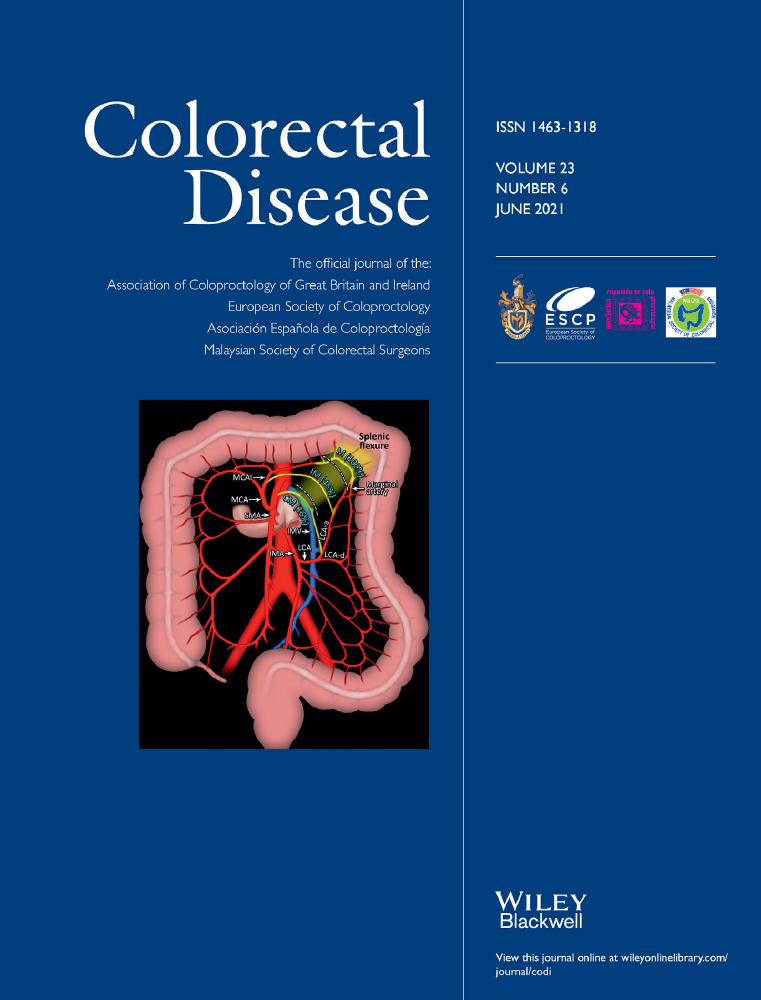Survival outcomes of elderly patients referred to the lower gastrointestinal 2-week wait service
Abstract
Aim
The benefit to elderly patients (≥80 years old) of referral to the resource-intensive lower gastrointestinal 2-week wait (LGI-2WW) pathway is unknown. The aim of this study was to investigate the survival outcome of elderly patients referred to a LGI-2WW service.
Method
This study comprised a retrospective analysis of a prospectively gathered database of patients referred to a single-centre LGI-2WW service and conformed to STROBE guidelines. The primary outcome was all-cause mortality. Statistical analysis was performed with the chi-square test and Kaplan–Meier survival curves compared with the generalized log-rank test.
Results
A total of 10 155 patients referred to the LGI-2WW service between 1 January 2015 and 31 December 2018 were analysed; median follow-up was 37.0 months (range 0–66 months). Six hundred and ninety one cancers were diagnosed (6.8% detection rate); 551 (80%) of these were lower GI cancers (LGICas) [517 (75%) colorectal; 34 (5%) anal]. Forty per cent of LGICas were diagnosed via the LGI-2WW service. Patients aged ≥80 years with LGICa were more likely to be treated with palliative intent [age <80 years, 92/360 (26%) vs. age ≥80 years, 105/191 (55%); p < 0.001]. LGICa patients aged <85 years had a survival difference between those treated with curative intent (LGICa-Cur) or palliative intent (LGICa-Pal) (median survival for patients aged 80–84 years: LGICa-Cur 57 months vs. LGICa-Pal 15 months; p < 0.001). Patients aged ≥85 years did not have any survival difference by treatment intent (median survival for patients aged 85–89 years: LGICa-Cur 31 months vs. LGICa-Pal 16 months; p = 0.062; median survival for patients aged ≥90 years: LGICa-Cur 14 months vs. LGICa-Pal 16 months; p = 0.703).
Conclusion
Patients with LGICa aged ≥85 years have similar survival whether treated with curative or palliative intent. This can inform management discussions with patients and LGI-2WW referral pathway prioritization approaches.
CONFLICT OF INTEREST
There are no conflicts of interests from any of the authors.
Open Research
DATA AVAILABILITY STATEMENT
Data available from the authors on request.




